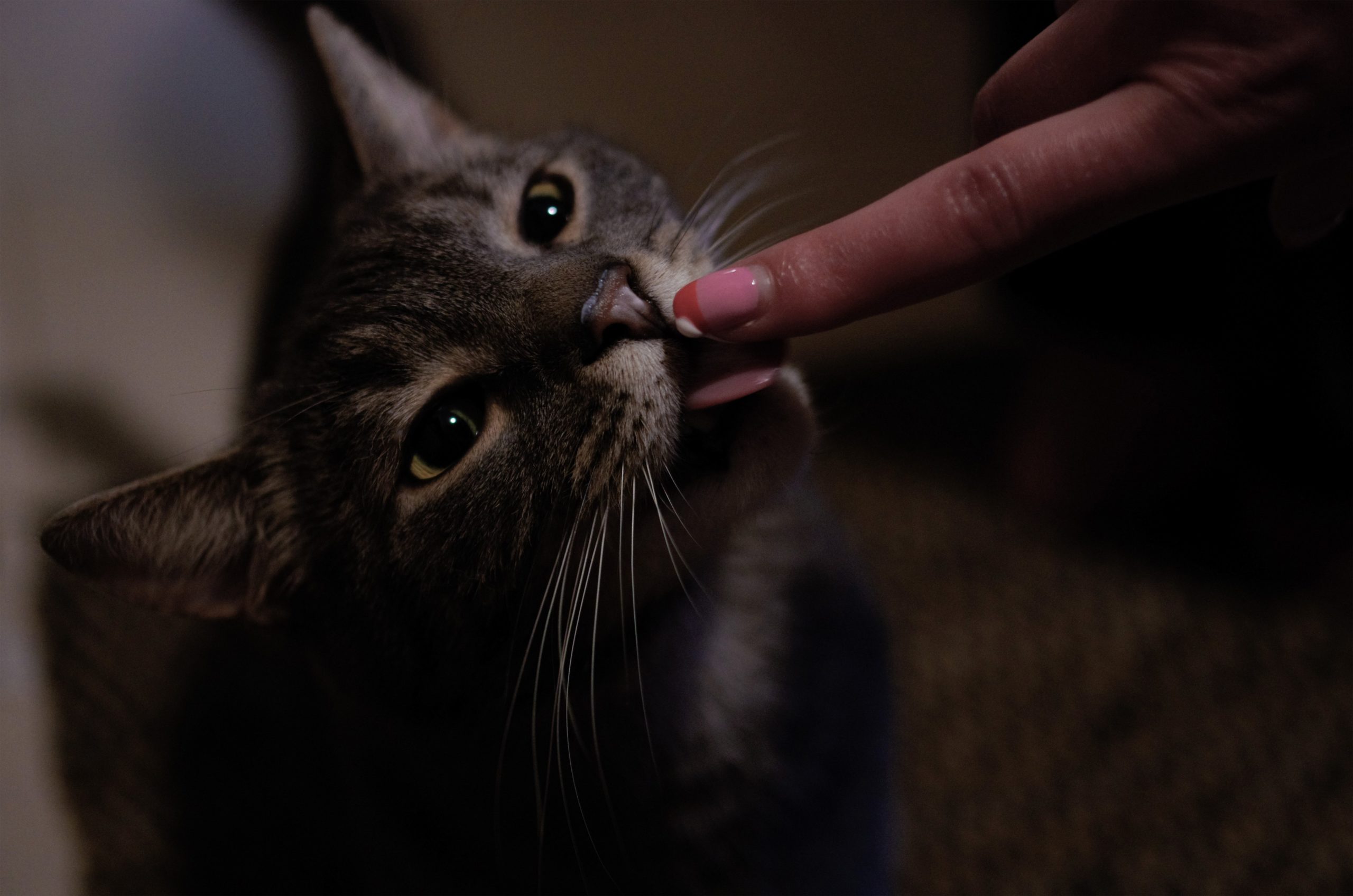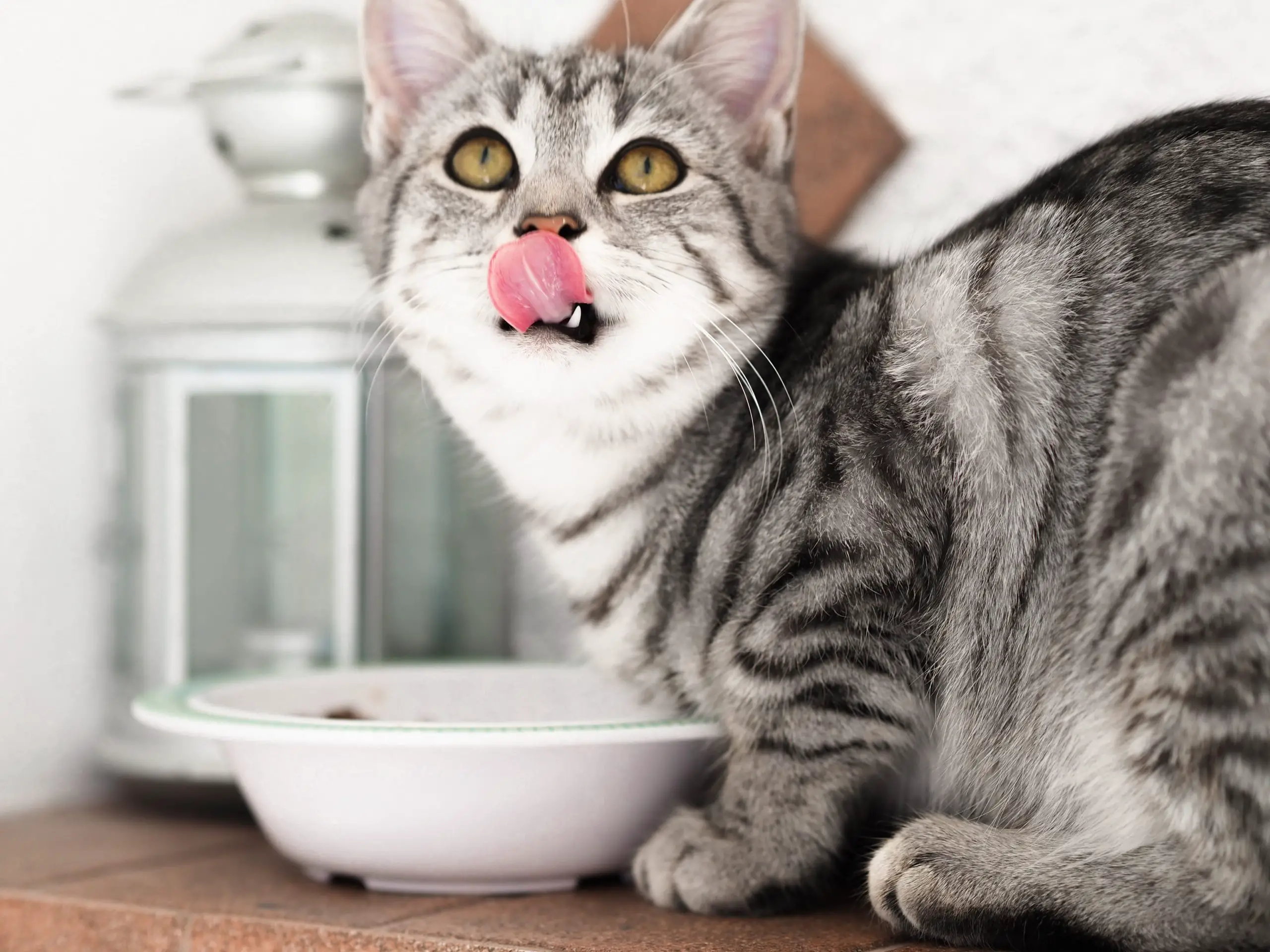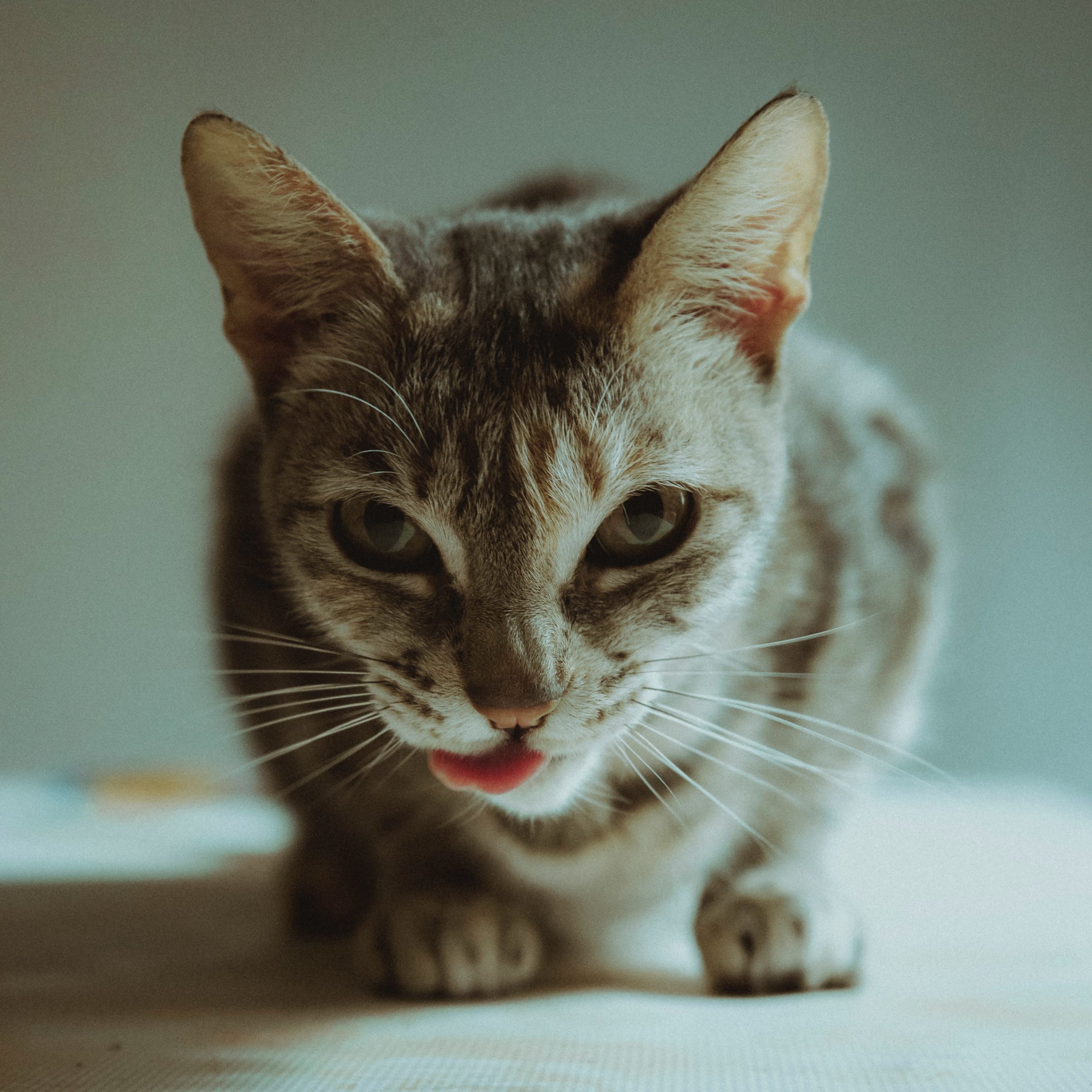Updated on June 8,2020
Unfortunately, our cats are not immune to bumps in the road when it comes to their health. Cats can experience medical setbacks throughout their lives that can impact their desire to eat, leading to serious complications if you are unable to get some food in their belly.


In this article we’ll cover reasons as to why your cat won’t eat, how to get your sick cat to eat, and a step by step guide to syringe feeding your cat if needed.
Why does a cat stop eating?
A healthy appetite is a wonderful indicator that your cat is probably feeling well! However, if your cat is experiencing a decrease in their appetite or refuses to eat, this can be a sign that they are battling some kind of illness or stress. Though there are an unlimited amount of possible reasons as to why a cat stops eating, let’s list some of the most common reasons. A cat can stop eating due to:
- Gastrointestinal upset
- Urinary complications
- Upper respiratory infections
- Pain or injuries
- Kidney disease
- Liver disease
- Dental pain
- Diabetes
- Stress
- Psychological issues
How To Encourage A Cat To Eat
Once your cat has stopped eating, it’s time to get to work on encouraging them to dive into their food again. Any time without food can only worsen any current medical or psychological struggles they are experiencing, making it so important to help them gain an interest in food again. Let’s discuss some of the easiest ways to encourage a cat to eat.
Give Them A Buffet
Sometimes our cats need a bit of variety when they stop eating. When they are fighting back nausea and other symptoms that are causing them to stop eating, their regular cat food may not be enticing enough to encourage them to eat. A buffet of different cat food options can give your cat just enough excitement to try the new food and get some food in their belly.


Offer Them Tuna Or Chicken
Tuna or chicken can be extremely powerful when it comes to encouraging a sick cat to eat. While tuna and chicken should not be a part of your cat’s daily diet, these items can certainly be used when it’s time to pull out the big guns and get them to eat! Canned tuna and chicken have a potent smell that causes cats to run toward their food bowls and can be tasty enough to encourage a sick cat to dive in.
Heat Up Their Food & Make It Smelly
Since cats need to smell their food in order to eat, heating up their food and making it extra smelly can entice them to dig in. This tactic is used often with cats that are suffering from upper respiratory infections and nasal congestion, as they are already having such a hard time with smelling their food. Since cat food is already quite potent, heating their canned food up in the microwave for a few seconds can really bring out that signature cat food smell!
How To Syringe Feed A Cat - Step By Step
If your cat still wont eat after trying the options that we mentioned above, it’s time to start syringe feeding them. Though you should contact your vet at this point to get to the bottom of their anorexia, we’ll still cover some tips to help you successfully syringe feed your sick cat.


1. First, you will need to have a diet of choice that will be easy to puree and serve to your cat in a syringe.
2. Once you’ve found the best diet for your sick cat, now it’s time to determine how much food/calories your cat will need to consume during each feeding and throughout the day. If your cat was already eating a canned diet that you can easily puree, you can puree the contents of their canned food and syringe feed them the same amount of food that they would usually get each day (just broken into multiple meals throughout the day, no more than 25 mls at a time.) However, if you are feeding your cat a canned diet for the first time, you can keep in mind that the average house cat needs about 200-250 calories per day. Now that you are aware of the ideal amount of daily calories, you can determine how much food to puree based on the calories per can.
3. Once you have determined the amount of canned food that your cat should consume each day, it’s time to blend the food. Be sure to add water to the puree for extra hydration, usually adding in about 25% water to the pureed food.
4. Once you have pureed the food and have your syringe ready to feed your cat, it’s time to get started. In order to make this process easier on you and your cat, it’s best to wrap them in a blanket or towel like a burrito in order to keep them still and secure. Pull them close to your body in order to have some control, as your cat will likely wiggle.
5. When it’s time to begin syringe feeding, be sure to follow your cat’s lead. Be sure to only push small amounts of the puree into their mouth at a time, ensuring that you are not overloading your cat at any point. Most cats can only tolerate about 1 ml of food in their mouth at a time, so keep this in mind as you push the food. Each feeding can take anywhere from 5-15 minutes on average. If your cat is struggling or being difficult, it may take even longer.
6. If your cat vomits at any point or it becomes too challenging to syringe feed them, you may need to seek help from your local veterinarian. It’s best to keep your vet in the loop from the moment your cat stops eating, especially if they have refused to eat for longer than 24 hours leading up to this point.
Summary
Your cat’s sudden change in appetite can be scary, so it’s helpful to be aware of the options when they stop eating. Be sure to follow the step by step guide we’ve listed above for syringe feeding your cat, and your furry friend will gain an appetite back in no time!